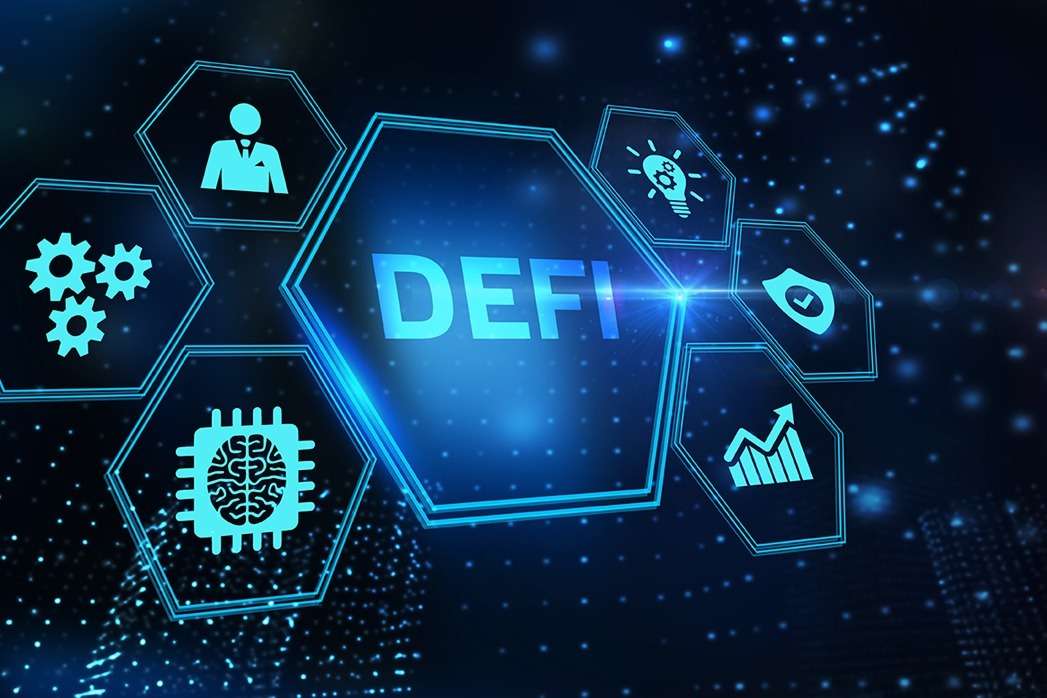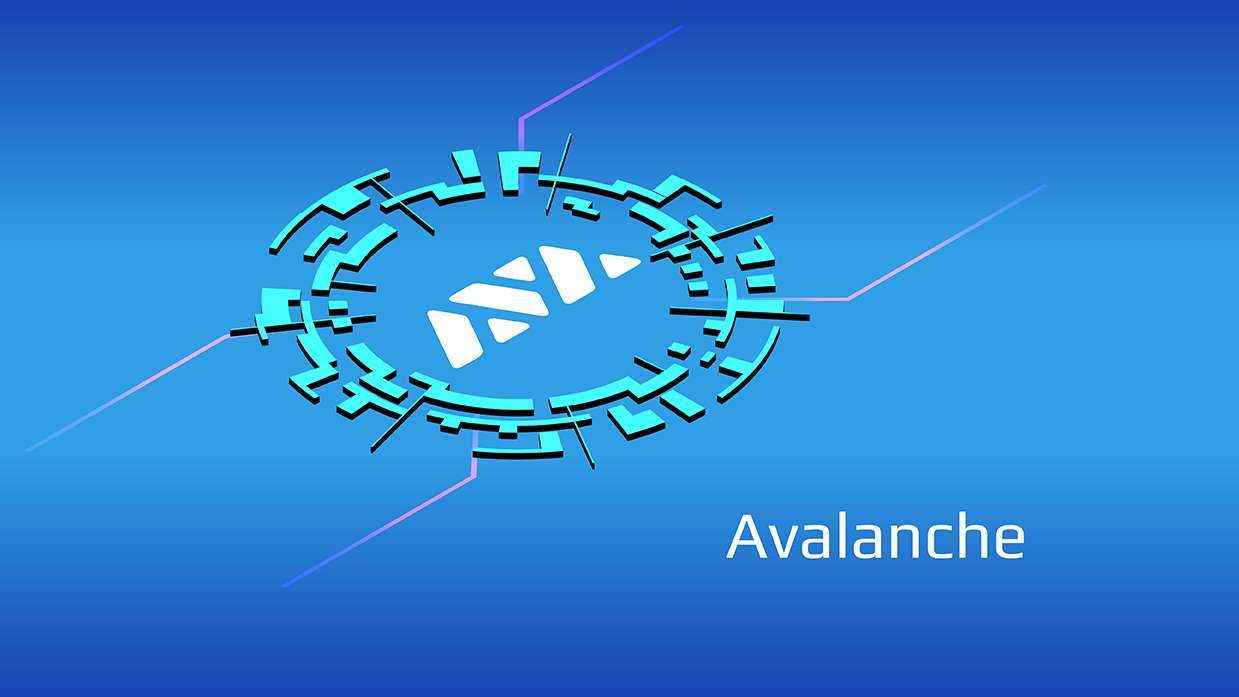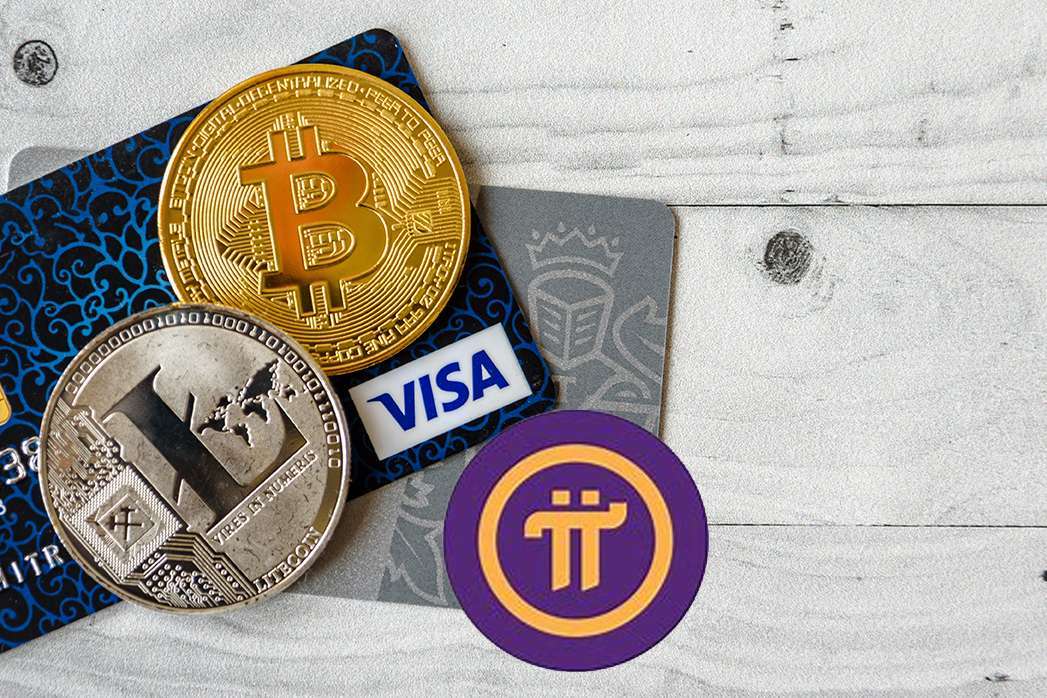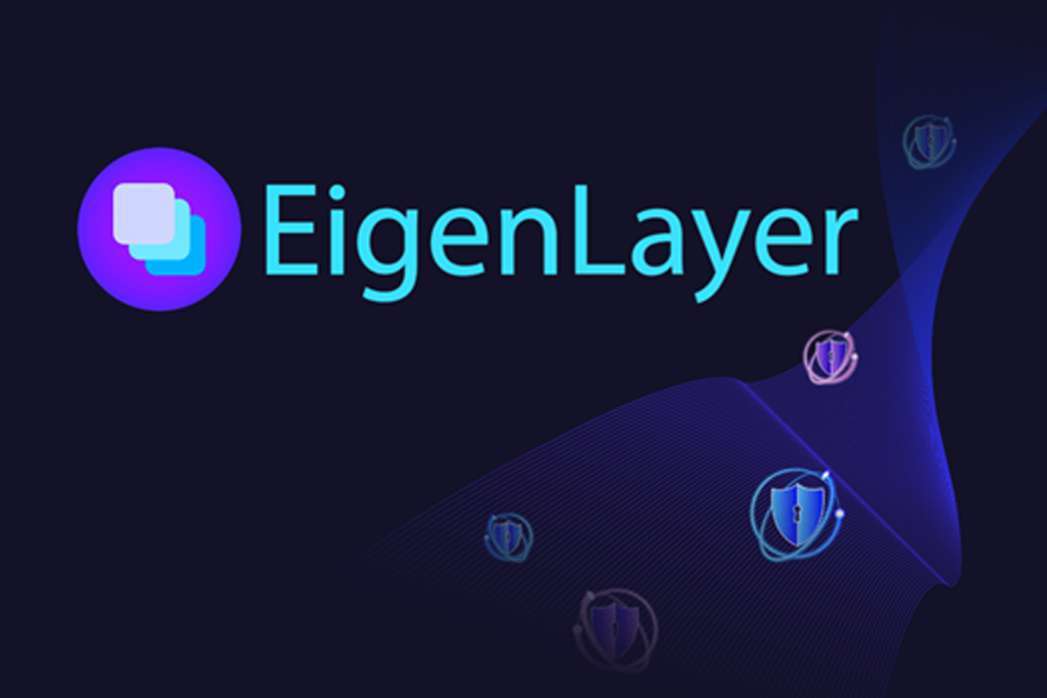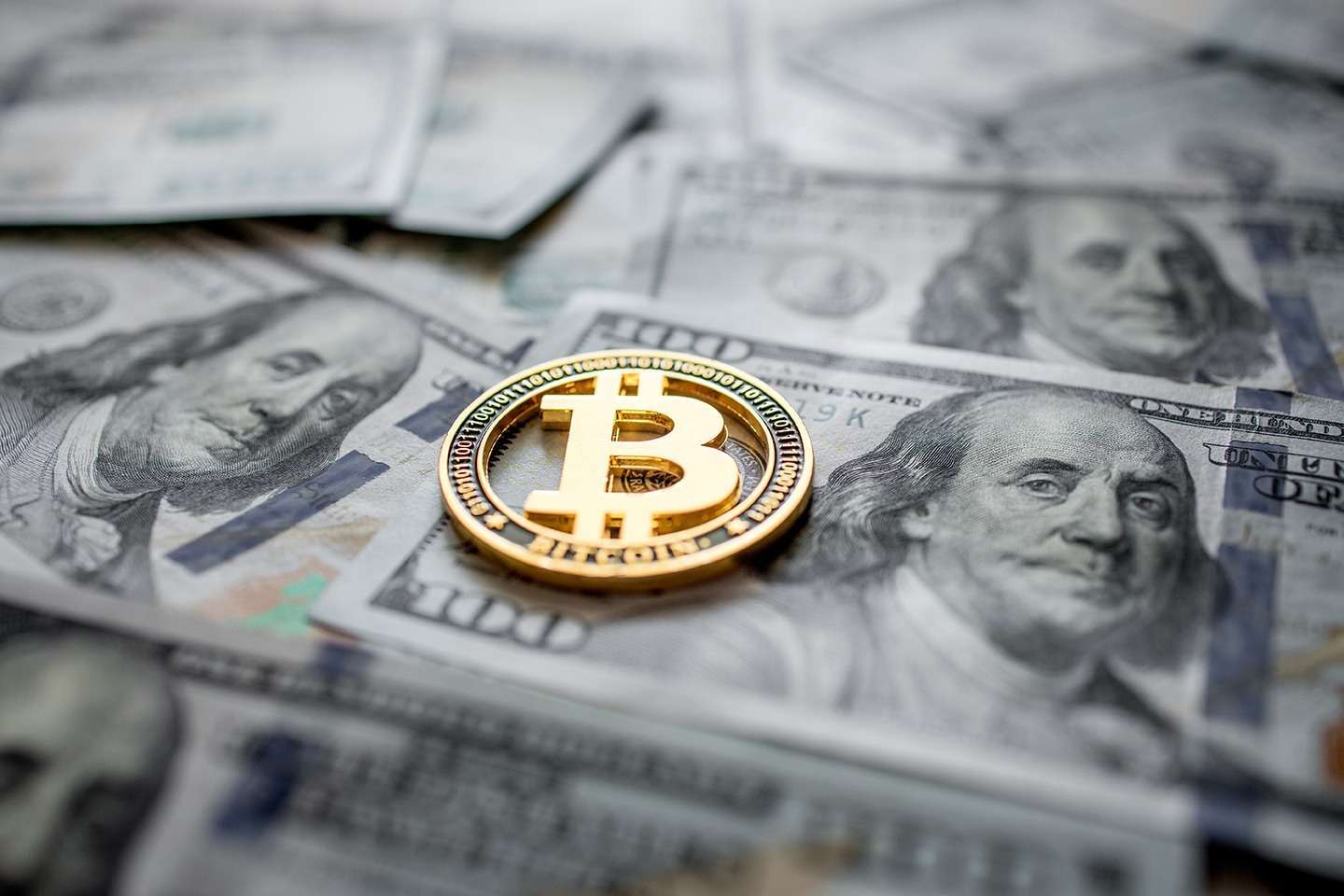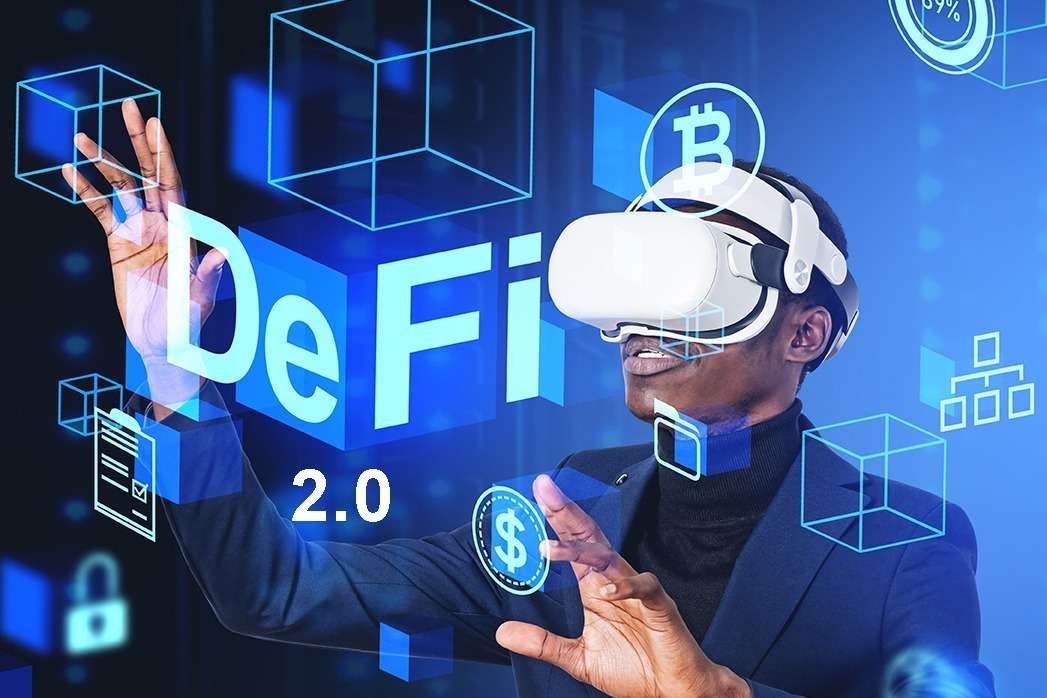DeFi Grows Up: How Regulation Is Separating Infrastructure from Experiments
“Finance does not reject innovation. It rejects uncertainty.” — DNA Crypto.
DeFi is no longer a single category. That distinction matters.Early narratives treated decentralised finance as one broad movement. Institutions never accepted that framing. They recognised something more nuanced. DeFi encompasses experimentation, infrastructure, and institutional tools, all under the same label.
Regulation is now forcing clarity.
As outlined in What Is DeFi, decentralised finance began as an experiment. What is emerging today looks very different.
The Three Faces of DeFi
Understanding DeFi now requires separating it into functional layers.
– Speculative DeFi prioritises yield, incentives and rapid iteration. It attracts capital quickly and loses it just as fast.
– Infrastructure DeFi focuses on settlement, liquidity routing and protocol reliability. It resembles financial plumbing.
– Institutional DeFi integrates compliance, governance and permissioned access while retaining smart contract efficiency.
Only one of these categories attracts institutional capital.
Why Compliance Layers Are Inevitable
Institutions do not oppose decentralisation. They oppose legal ambiguity.
KYC, AML and permissioned access are not ideological concessions. They are operational requirements. Banks, asset managers and custodians cannot interact with systems that lack enforceable controls.
This reality is explored in DeFi Meets Regulation and DeFi Within the Banking Sector, where smart contracts coexist with regulatory frameworks.
Permissioned access does not remove decentralisation. It defines accountability.
How MiCA and Global Regulation Are Forcing Maturity
MiCA is accelerating DeFi’s separation into viable and non-viable segments. Protocols unable or unwilling to integrate compliance will be excluded from institutional flows.
This pressure mirrors trends discussed in MiCA’s Blind Spots, in which regulation does not ban DeFi but instead filters it.
Globally, similar frameworks are emerging. Regulatory convergence rewards protocols that behave like infrastructure rather than experiments.
Why Institutions Do Not Fear DeFi
Institutions do not fear smart contracts. They fear interfaces without accountability.
This distinction is critical. Smart contracts offer automation, transparency and efficiency. Unregulated front ends introduce risk.
DNACrypto explores this tension in DeFi vs Traditional Finance and DeFi vs TradFi, where infrastructure succeeds only when trust models are explicit.
Institutional DeFi removes ambiguity without sacrificing efficiency.
What DeFi 2.0 Looks Like in Practice
DeFi 2.0 is not louder. It is quieter.
It operates through permissioned pools, compliant liquidity, identity-aware wallets and regulated interfaces. Yield is earned through real activity, not emissions.
Examples include regulated lending, tokenised collateral management and on-chain settlement integrated with banking systems. These trends align with themes in Transforming Finance with dApps and DeFi and Private Banking with AI and Smart Contracts.
This is DeFi as infrastructure.
The DNA Crypto View
DeFi is not being replaced. It is being refined.
Speculative experimentation will continue at the edges. Institutional DeFi will grow at the centre. Regulation is the sorting mechanism.
The future of DeFi belongs to protocols that understand finance as a system, not a game.
Image Source: Adobe Stock
Disclaimer: This article is for informational purposes only and does not constitute legal, tax or investment advice.
Register today at DNACrypto.co

